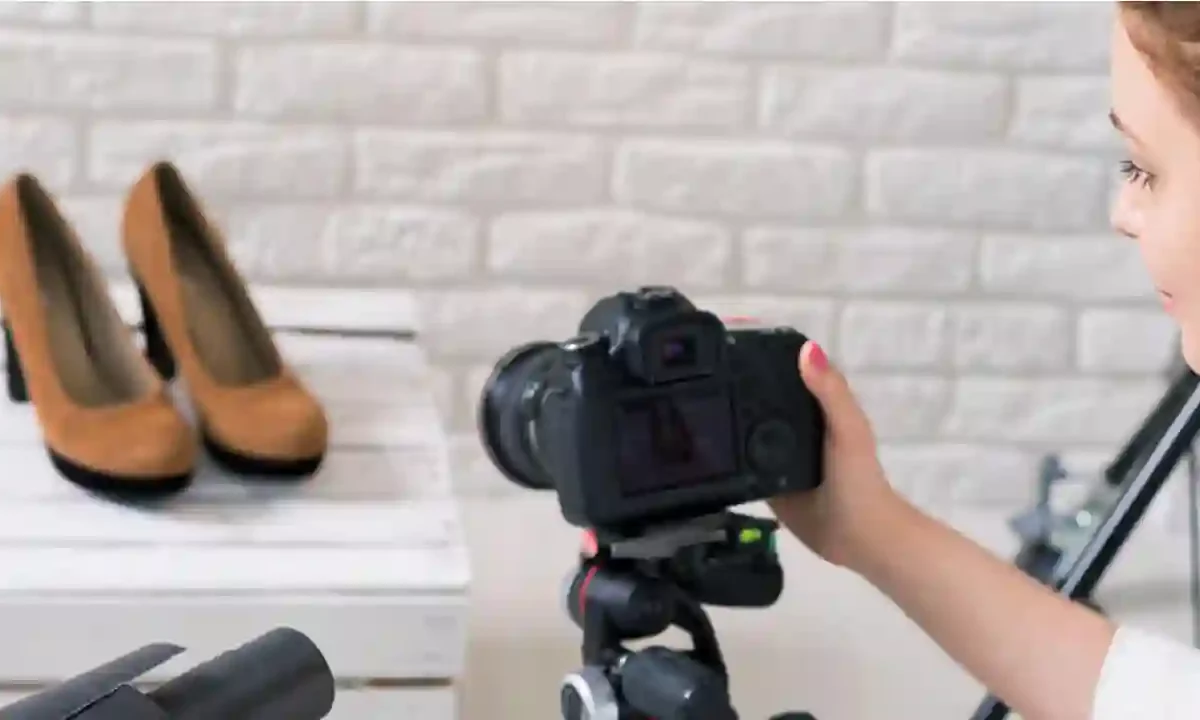Anyone can take a photo with their smartphone or camera, but mastering the art of photography is much more than point and shoot. It involves practice, experimentation, and learning from the masters.
Learn these 6 tips to improve your photography skills and create more impactful images. From composition to lighting, these simple steps will help you advance your photography and create more stunning photos.
1. Learn to See
Just like any other art, photography requires a keen eye and the ability to see what others might not. It’s not enough to simply snap a picture with your camera; utilizing composition techniques, exploring different genres and styles of photography, controlling lighting, experimenting with depth of field and understanding how your camera’s settings work are all key components in creating visually compelling images.
Studying the works of renowned photographers, learning about composition and design elements like symmetry, movement, color, lines and shapes will help you capture images that are unique to your style. Also, learn to read your histogram, which will enable you to better understand how the exposure of an image is impacted by light conditions.
2. Learn to Compose
In photography, composition is about the arrangement of elements to create an interesting and pleasing image. Some photographers have a natural eye for composition while others learn it through study and practice.
Understanding the principles of composition can help you take your images to the next level. By using design elements such as balance, symmetry, lines, movement, and color, you can make your photos more powerful and meaningful to viewers.
One of the most basic compositional techniques is the Rule of Thirds. This is a simple way to make your photos more interesting and dynamic. It’s similar to tic-tac-toe, and it helps to create the right aesthetic trade-offs in your images.
3. Learn to Light
Having the right gear will definitely improve your photography, but it is important to understand that the true art of this craft is not about the equipment, but rather the ability to create beautiful images that communicate how you see our world. This requires a deep understanding of how light affects your subject, and the ability to capture that moment.
To learn how to better use lighting, try shooting in different situations and experimenting with various angles. For example, shooting from low or above can add a unique perspective that can make your photos more interesting and impactful. Also, remember to accentuate shadow and highlight in your compositions.
4. Learn to Control Depth of Field
Whether you’re a beginner or an advanced photographer, depth of field is an essential tool for making your photos more powerful and interesting. It’s an artistic focusing choice with a technical foundation.
Most people think the only way to control depth of field is by adjusting the aperture. However, there are many other things you can do to get the results you want.
For example, you can change your subject distance to increase or decrease your depth of field. Also, you can use a wide-angle lens to get a shallower depth of field or a telephoto lens to create a deeper one. You can also use focus stacking to combine several images with different depths of field.
5. Learn to Shoot from Different Angles
Having the best camera gear will only take you so far. You need to understand how to use it creatively. That means focusing less on the gear and more on the art of photography.
One way to do that is by learning to shoot from different angles. Using an overhead shot, for example, can help to emphasize the drama or tension of a scene.
A low angle shot, on the other hand, can add a sense of mystery or intrigue to a scene. By learning about these different camera angles, you can elevate your photos and create more compelling compositions. So give it a try!
6. Learn to Use the Rule of Thirds
When composing a photograph, use the rule of thirds to balance and lead your viewer’s eye. This technique is especially useful when shooting landscapes, as it helps to create a dynamic and balanced scene.
To practice this composition technique, imagine a grid over your image with two vertical and two horizontal lines that intersect at four points. You can also find a built-in grid option on most digital cameras that you can turn on to help you compose your images more effectively.
By positioning key points of interest at the intersections or gridlines, you can achieve a more visually harmonious composition that captivates your audience. However, there are still some instances where a dead-center composition may work better.

